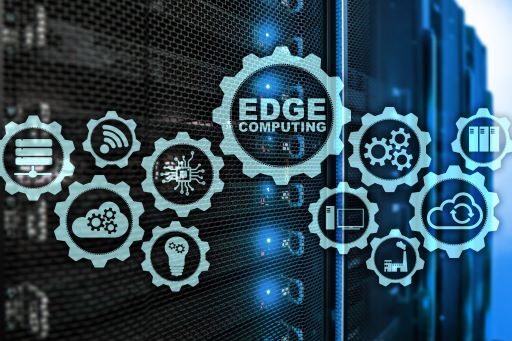Edge computing is an innovative technology that has been gaining traction in recent years. By bringing data storage and processing to the edge of the network, it offers businesses several benefits over traditional cloud computing. Let’s explore what it is and how it can help your business.
What is Edge Computing?
Edge computing refers to the process of storing data at the edge of a network, or on devices close to where it will be used, instead of sending it across long-distance networks to a centralized location. As opposed to cloud computing, which relies on remote servers located off-site, It allows data processing to take place closer to its source while still being connected to the cloud. This makes it possible for businesses to reduce latency and optimize their operations in real time.
Benefits of Edge Computing
The advantages of edge computing are numerous. For starters, it enables faster response times for applications, resulting in smoother user experiences. Additionally, since data does not have to be transmitted across long-distance networks each time a request is made, businesses can save significantly on bandwidth costs as well as power consumption. Furthermore, because data storage and processing happen at the device level rather than in the cloud, companies can store sensitive information more securely without having to worry about potential security risks associated with remote hosting services.
The flexibility afforded by edge computing also makes it easier for developers to create complex applications that require significant amounts of data processing power. This means that businesses have access to powerful applications that would otherwise be too expensive or too slow if they relied solely on cloud services. Lastly, since devices are connected directly with one another via local networks rather than through the internet, companies can better control their internal systems and ensure maximum efficiency when running tasks such as machine learning or artificial intelligence algorithms.
In conclusion, edge computing offers businesses many tangible benefits over traditional cloud solutions such as improved response times, reduced bandwidth costs and increased security measures. Moreover, its flexible architecture allows developers to create powerful applications that can carry out complex tasks quickly and efficiently without relying on expensive hardware or software solutions from the cloud providers themselves. With all these benefits combined into one convenient package, there’s no wonder why more businesses are turning towards edge computing for their next move towards digital transformation. If you’re looking for an effective way to improve performance while reducing costs at the same time, then consider investing in edge computing today!


2 thoughts on “What is Edge Computing and How Can It Benefit Your Business?”